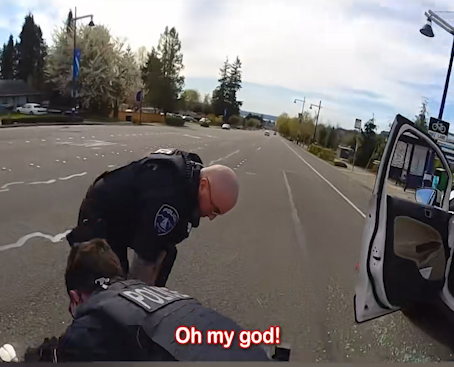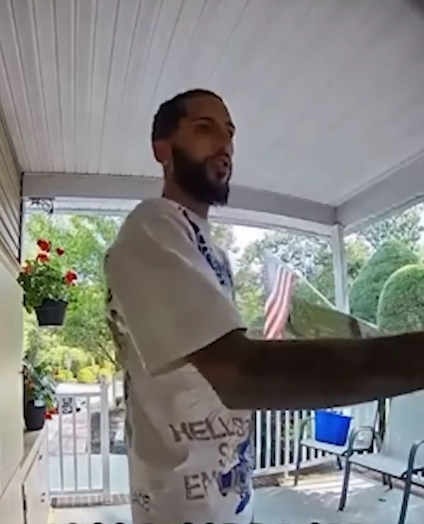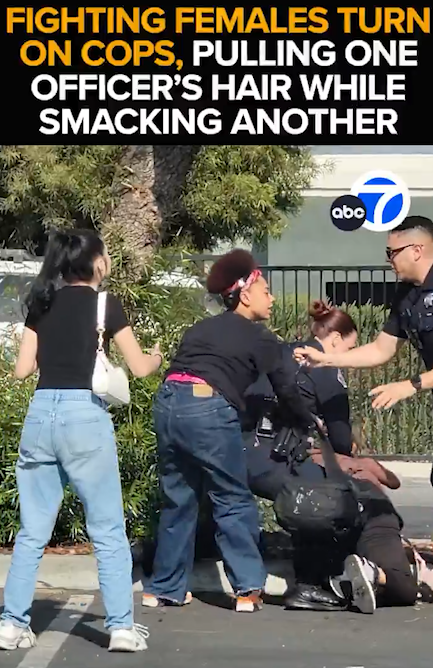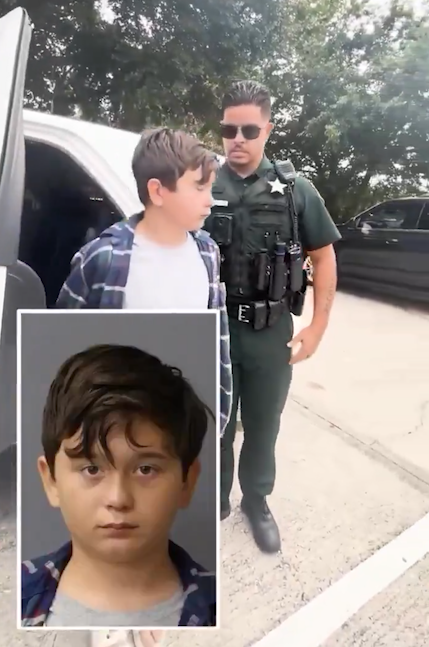
A routine traffic stop turned tense when an officer pulled over a driver for speeding and repeatedly asked for license, registration and proof of insurance. Bodycam audio captures the exchange: the officer calmly explains the reason for the stop and repeatedly requests documentation, while the driver responds with a mix of apologies, confusion and increasingly firm refusals. When the officer warns that failing to provide the documents can turn an infraction into a crime, the driver insists on contacting a lawyer and makes unusual claims about being associated with a “planetary federal postal judge” and not consenting to state authority.
As the conversation escalates, the officer warns the driver that continued refusal could lead to arrest and orders the driver to step out of the car. The driver refuses and reiterates arguments commonly associated with sovereign-citizen beliefs—declaring herself a “free woman” who cannot be contracted with by the state and asserting that the officer’s actions amount to “treason.” The officer threatens to break a window if the driver does not comply and repeatedly reminds her that a supervisor is en route. After several minutes of back-and-forth, the officer advises the driver to turn off the car and place the keys on the dash; the situation remains unresolved in the recorded excerpt.
The exchange highlights how quickly routine law-enforcement interactions can become confrontational when one party refuses to follow basic procedural requests. Officers must balance enforcing traffic laws and maintaining safety while managing individuals who refuse compliance for legal or ideological reasons. For the driver, contesting the stop in court rather than resisting on-scene is the standard legal route. The audio captures both the procedural insistence from law enforcement and the confusion and resistance from the motorist—an interaction that, regardless of who is “right” in principle, demonstrates how miscommunication and refusal to follow simple requests can rapidly escalate into arrests and use-of-force threats.





